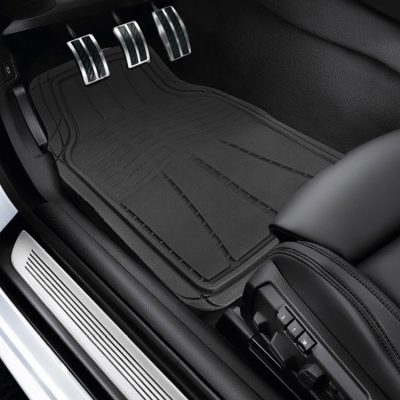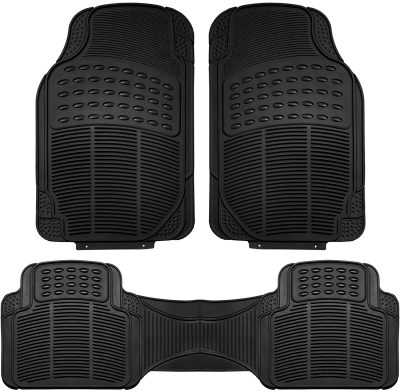Car covers can have a significant impact on your vehicle, both positive and negative, depending on how they are used and the circumstances in which they are applied. Here are some of the key impacts of using car covers:
Positive Impacts:
- Paint Protection: Car covers act as a protective barrier, shielding your vehicle’s paint from various environmental hazards such as UV rays, bird droppings, tree sap, dust, dirt, and pollen. This protection can help maintain the paint’s color, shine, and overall condition.
- Interior Protection: Car covers can also help protect your vehicle’s interior from UV rays, reducing fading and damage to the dashboard, upholstery, and other interior components.
- Weather Protection: In regions with harsh weather conditions, such as heavy rain, snow, and hail, car covers can provide a layer of defense against potential damage, helping to preserve your vehicle’s exterior.
- Preventing Debris Damage: Car covers help prevent scratches and minor abrasions caused by wind-blown debris, sand, rocks, and small objects that may come into contact with your vehicle’s surface.
- Security: Car covers can deter potential thieves or vandals by concealing the appearance of your vehicle and making it less attractive as a target.
- Reduced Maintenance: Using a car cover can reduce the frequency of washing and detailing your vehicle, saving you time and effort in maintenance.
Negative Impacts:
- Improper Installation: If not installed correctly, car covers can cause scratches or abrasions to the vehicle’s paint. It’s essential to ensure a snug and secure fit to prevent the cover from moving and rubbing against the surface.
- Moisture Trapping: In humid conditions or if the car cover is not breathable, moisture can become trapped underneath, leading to mold and mildew growth, which can damage the paint and interior over time.
- Paint Damage: In extreme weather conditions, such as strong winds or hail, a car cover may not provide sufficient protection, and the impact of large hailstones or debris could still cause damage.
- Inconvenience: Installing and removing a car cover can be time-consuming and inconvenient, especially if done frequently.
- Potential Theft: In some cases, a car cover may attract attention, as it suggests that there is something valuable underneath. This can increase the risk of theft or vandalism.
- Condensation: In cold weather, condensation can form under the cover, potentially leading to frost or ice formation, which may be problematic when removing the cover.
- Cover Quality: The quality of the car cover itself is essential. Low-quality covers may not provide adequate protection, and they may deteriorate quickly, requiring frequent replacement.
The impact of a car cover largely depends on how it is used, the quality of the cover, and the specific environmental conditions it is exposed to. When using a car cover, it’s crucial to choose the right type, ensure a proper fit, and follow care and maintenance guidelines to maximize the benefits and minimize any potential negative effects.




















